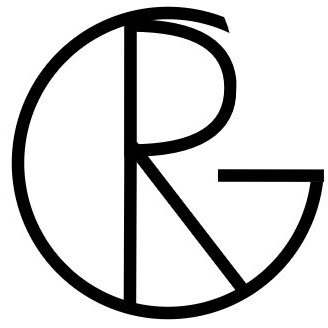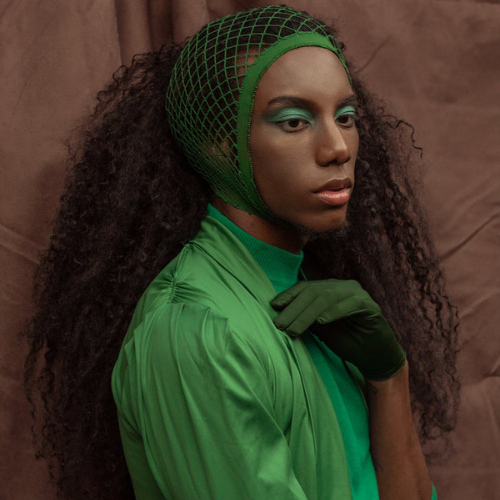It seems like every brand is coming out with an “eco-friendly”, “sustainable”, or “conscientious” new collection. While this is an amazing initiative it is not necessarily the case for all brands. Many companies brand themselves as eco-friendly in order to fit the public eye. They make statements about their supposedly “amazing” green initiatives in order to attract more customers and sell more clothes. Meanwhile, their practices haven’t changed one bit, and they are still as unsustainable as ever.
It seems like sustainability has become a marketing tool in order for companies to increase their profit. This concept is also known as greenwashing.
So how do we know whether a company is ethical/ sustainable or whether it is greenwashing?
First, let’s start off by explaining ethical and sustainable fashion. Ethical fashion means safe and healthy working environments and paying the workers a fair wage (this is the case throughout the whole supply chain). Companies in ethical fashion also avoid the mistreating, and abuse of animals generally avoiding animal products completely. Sustainable fashion is all about lowering the environmental impact through the production and sourcing of materials.
Let’s take a look at how to spot greenwashing.
Tips for greenwashing
Take a look at the brand’s website
Do they mention sustainability?
When you look at a brand’s website, see if they mention sustainability anywhere on the site. If they don’t, it often means that there is little to write about their efforts. Brands who genuinely prioritize sustainability will say so on their website.
Do they provide data?
Many brands use words such as “eco-friendly”, “natural”, and “ethically made” to convince you of their sustainability. Instead of letting all the fancy terms, and words sway you see if they provide figures and numbers to back up their claims. Does the brand have any targets they want to reach? Do they provide a percentage of recycled materials?
Take a look at their collections
Quite often companies brand themselves as sustainable while they have only one collection that is focused on sustainability. A sustainable collection is an amazing initiative, however, it does not change the fact that the company has not changed its unsustainable practices.
Research materials
While most brands favor natural and vegan materials it does not necessarily mean that those materials are more sustainable.
Common natural materials are viscose, and bamboo, however, their sustainability depends on how they are sourced and produced. Millions of trees are cut down for the purpose of creating these materials, and many harsh chemicals, pesticides, and fertilizers are used. Unless these materials come from a certified and organic source, these natural materials do more harm than good.
As for vegan materials. These vegan leather and fur alternatives are made of synthetic fiber. These are labeled as sustainable since they are not made from animals.
However, real leather is a byproduct of the meat industry and has no added impact on the environment, whereas faux leather is made from oils that have detrimental effects on the environment. So even though faux leather is better for animal welfare, they have a huge impact on the environment and are far from sustainable.
When you are uncertain about the impact of certain materials do your research
Who made your clothes?
To know whether a brand is already sustainable or not we also need to know how they treat their workers.
To find more about the supply chain, and production of certain brands please take a look at the transparency index of Fashion Revolution. Here they rank companies based on how much information they provide about their environmental and social practices.
Another site you can look at is Fair Wear Foundation where they provide reports on the treatment of garment workers in factories.
Do you want to read more about the treatment of workers in the fashion industry please take a look at my other article: The faces behind our clothes.
Look for certifications

There are many certifications to ensure environmentally safe clothing, dyes, and production such as bluesign® and Cradle to Cradle Certified™.
Other certifications such as Ethical Trading Initiative, and Fairtrade ensure safe and healthy working conditions for employees, and also guarantees fair wages.





